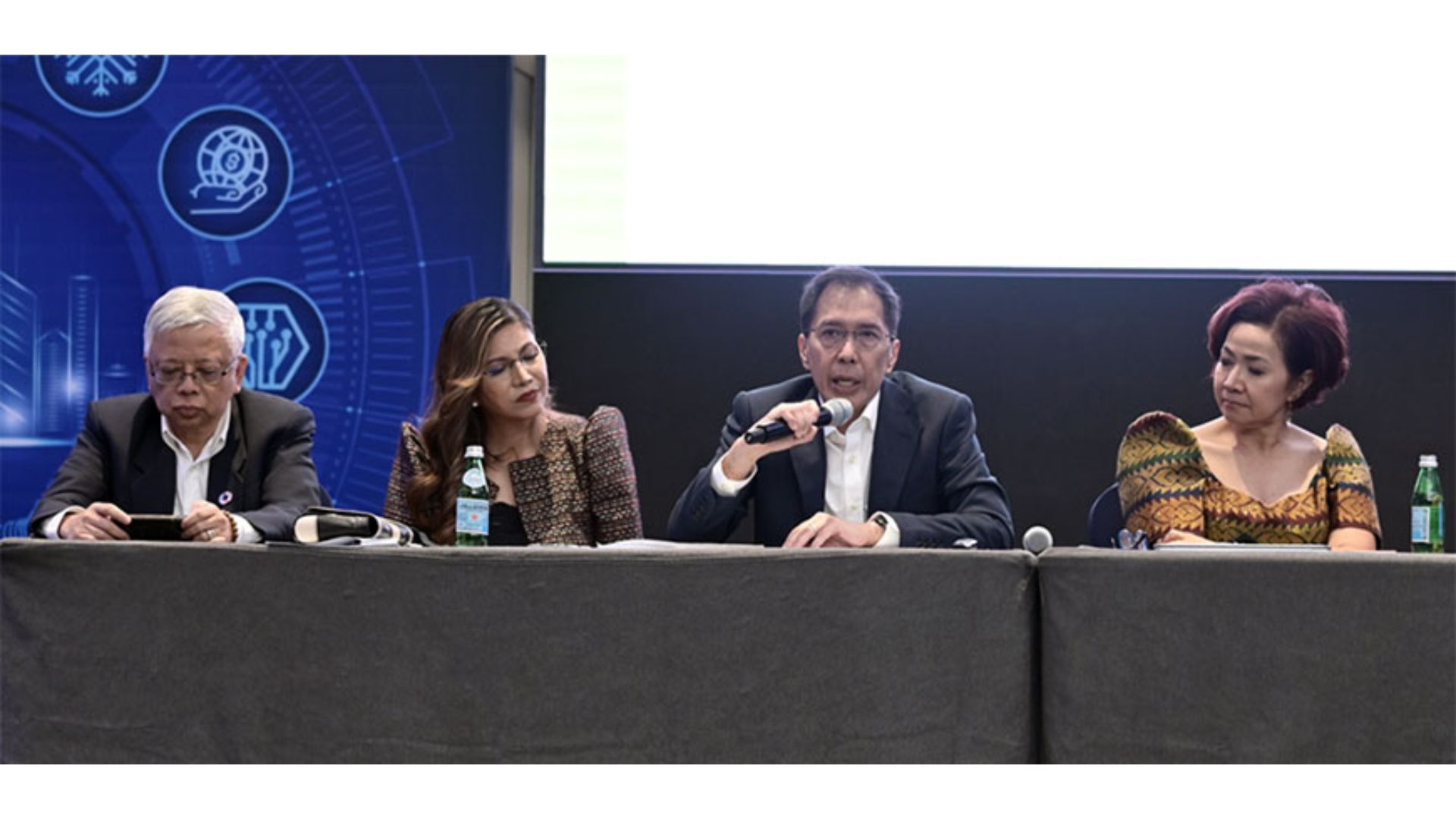PE2 eyes more EEC projects included in tax incentives
- June 1, 2023
- 0

The Philippine Energy Efficiency Alliance (PE2) is urging the Department of Energy (DOE) and the Board of Investments (BOI) to expand the range of project types eligible for fiscal incentives under the Corporate Recovery and Tax Incentives for Enterprises (CREATE) Act and Energy Efficiency and Conservation (EEC) Act.
“While we are aware that both DOE and BOI are reviewing their respective EEC guidelines for fiscal incentives to capture rooftop solar facilities, it may be a suitable opportunity for both agencies to review the list of eligible projects for DOE endorsement and BOI registration,” PE2 President Alexander Ablaza shared.
The Department of Energy (DOE) introduced Department Circular No. DC2021-05-0011 in May 2021, providing guidelines for the endorsement of Energy Efficiency and Conservation (EEC) projects by the DOE to qualify for fiscal incentives from the Board of Investments (BOI).
Subsequently, the DOE released Department Circular No. DC2022-03-0004 ten months later, which outlined endorsement guidelines for EEC strategic investments, is also eligible for fiscal incentives.
BOI also introduc
In its recommendations to DOE and BOI, PE2 recommended the inclusion of several project types for eligibility to receive fiscal incentives. These project types include energy efficiency/ESCO projects, own-use renewable energy (RE), cleaner fuel and transition fuel-based generation, energy storage systems, waste heat recovery or combined heat and power (CHP), district energy systems, and electric vehicle (EV) r
PE2 emphasized the importance of incorporating precise language in the EEC guidelines with regard to the inclusion of additional project types, adding that it will greatly benefit designated establishments, ESCOs, and TPPDs, enabling them to pursue fiscal incentives and ensure the economic viability of their upfront capital investments.